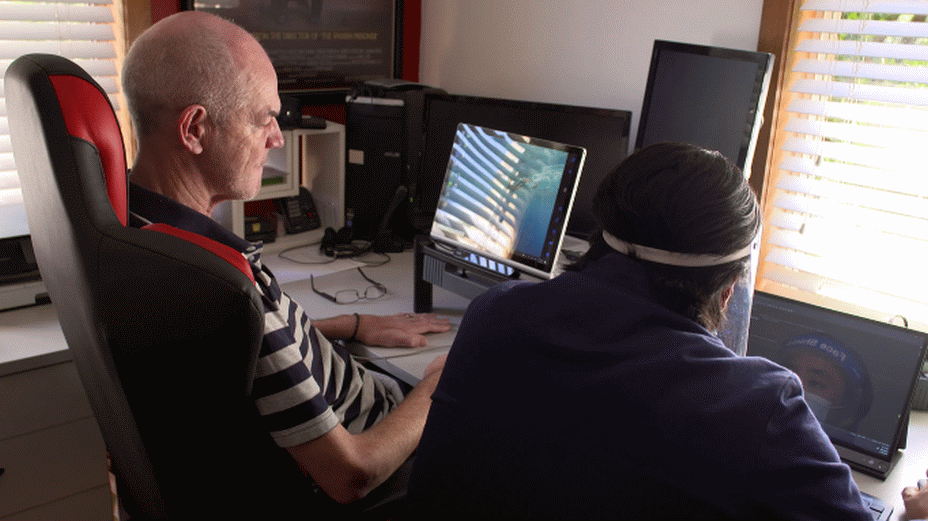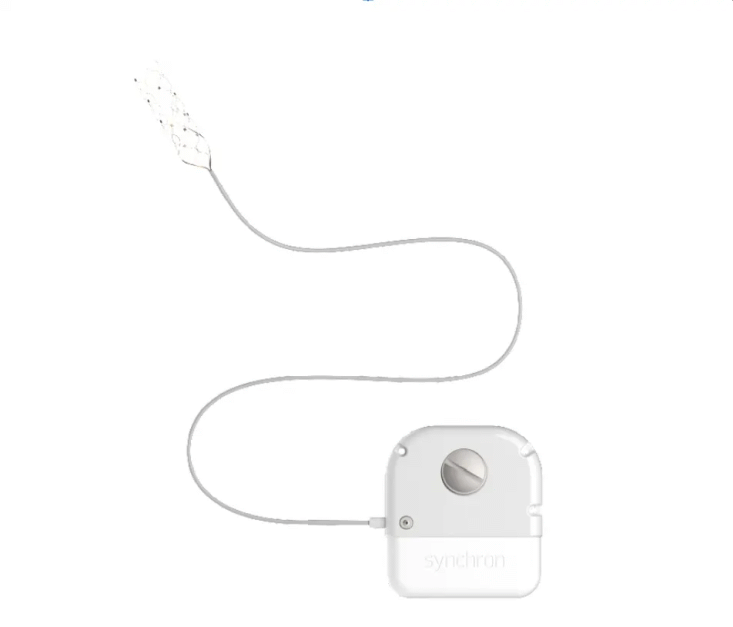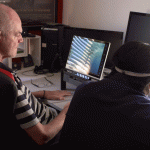Bill Gates, Bezos back brain implant startup Synchron to test mind-controlled computing on humans

What if you could control your digital devices using just the power of thought? Advances in mind-controlled computing are now making this a reality and also changing the way we treat diseases and interact with the brain using technology like brain-controlled technology
In 2011, a group of Israeli researchers and scientists at the Ben-Gurion University of the Negev shocked the world after they unveiled a new tool that enables the disabled to send emails by thought alone. Fast forward over a decade later, the world of mind-controlled computing technology has evolved beyond our imagination.
Sometimes called a mind-machine interface(MMI) or a brain-machine interface (BCI), this technology provides a direct communication pathway between the brain and the external device. BCI decodes brain signals and translates them into commands for external technologies. The technology is now used to repair human cognitive or sensory-motor functions in people with disabilities.
One of the best-known companies in this space is Elon Musk’s Neuralink, which planned to begin its brain chip human trials this year. However, Neuralink is just one of the many companies in the burgeoning BCI industry. Another company is Synchron, a Brooklyn, New York-based brain interface startup that is working on BCI technology that could one day transform daily life for people with paralysis.
Founded in 2012 by Tom Oxley, Synchron has developed an endovascular brain-computer interface that can access every corner of the brain using its natural highways, the blood vessels. The company’s breakthrough platform launches a new frontier for the treatment of neurological diseases: Neurointerventional Electrophysiology (Neuro EP), Synchron said on its website. “Our technology will transform three medical verticals: Neuroprosthetics, Neuromodulation, and Neurodiagnostics,” the company said in a statement.
Unlike Neuralink which planted a microchip into the brain, Synchron has developed a tool called the “Synchron Switch” implanted through the blood vessels that allows paralyzed people to put their thoughts into motion. To operate this, a Stentrode sensor array is placed into the top of the brain via a blood vessel and remotely operated from the patient’s chest using the Synchron Switch.

Synchron’s brain-computer interface, The Stentrode™ Endovascular Electrode Array and Implantable Receiver Transmitter Unit. (Source: Synchron)
Synchron has not gone without notice. Investors are already opening up their wallets to the 11-year-old startup. In December 2022, Synchron announced it raised $75 million in a Series C financing round that included funding from the investment firms of Microsoft
co-founder Bill Gates and Amazon founder Jeff Bezos.
The Series C round was led by prominent investors including ARCH Venture Partners. Gates Frontier, Bezos Expeditions, Reliance Digital Health Limited, Greenoaks, Alumni Ventures, Moore Strategic Ventures, and Project X join ARCH as new additional investors. The oversubscribed round was also backed by existing investors, including Khosla Ventures, NeuroTechnology Investors, METIS, Forepont Capital Partners, ID8 Investments, Shanda Group and the University of Melbourne participated in the round. Since its inception 11 years ago, Synchron has now raised a total of $145 million in funding.
“We have an opportunity to deliver a first-in-class commercial BCI. The problem of paralysis is much larger than people realize. 100 million people worldwide have upper limb impairment,” said Tom Oxley, M.D., Ph.D., CEO & Founder, Synchron. “We are extremely excited to work with ARCH and this world-class syndicate to bring this technology to the people who need it.”
While other startups are based on technologies that implant chips in people’s brains, Synchron instead avoids the need for BCIs through open-brain surgery by using a minimally-invasive procedure. Synchron relies on a less invasive approach that builds on decades of existing endovascular techniques, the company said. The current players in space are Epiminder, Inner Cosmos, Epiminder, and Elon Musk’s Neuralink. However, the FDA has not yet approved Neuralink’s implant.
Synchron continues to make progress. In August 2020, Synchron Switch received the Food and Drug Administration (FDA) Breakthrough Device Designation, which is for medical devices that have the potential to provide improved treatment for debilitating or life-threatening conditions. In July 2021, the FDA granted an Investigational Device Exemption and also approved the use of the Synchron Switch in human trials.
The Synchron Switch, currently in the nascent stage, enables people with no or very limited physical mobility to operate an iPhone or iPad using only their minds. The technology can also be used to operate cursors and smart home devices using their mind. So far, Synchron said the technology has been used on four patients in the U.S. and four in Australia. The first US patient was implanted in July 2022 at Mount Sinai in New York.
In a media interview, Oxley also said: “I’ve seen moments between patient and partner, or patient and spouse, where it’s incredibly joyful and empowering to have regained an ability to be a little bit more independent than before. It helps them engage in ways that we take for granted.”
Synchron’s technology can help patients with severe paralysis or degenerative diseases such as amyotrophic lateral sclerosis, or ALS regain their ability to communicate with family, friends, and the outside world, whether through typing, texting or even accessing social media. For example, patients with disabilities can use Synchron’s BCI to shop online and manage their health and finances. However, Oxley said what often excites most patients the most is their ability to send text messages using Synchron’s technology.
“Losing the ability to text message is incredibly isolating,” Oxley said. “Restoring the ability to text message loved ones is a very emotional restoration of power.”
Two years ago, Oxley allowed his Twitter account to be used by a patient named Philip O’Keefe, who has ALS and struggles to move his hands. About 20 months earlier, O’Keefe was implanted with Synchron’s BCI.
Using Synchron’s BCI, O’Keefe tweeted on Oxley’s page:
“hello, world! Short tweet. Monumental progress.”
hello, world! Short tweet. Monumental progress.
— Thomas Oxley (@tomoxl) December 23, 2021
Since its inception, Synchron has been published in multiple peer-reviewed journals including Nature Biotechnology, Nature Biomedical Engineering, and JNIS.
Below is a video of Synchron CEO 2022 TED Talk called: “A brain implant that turns your thoughts into text.”




